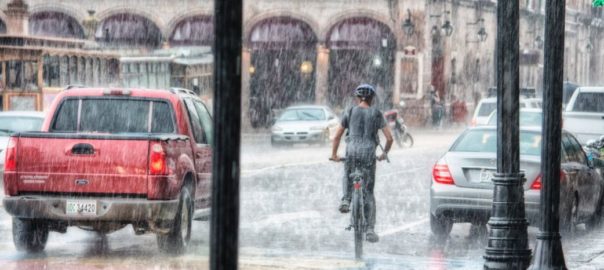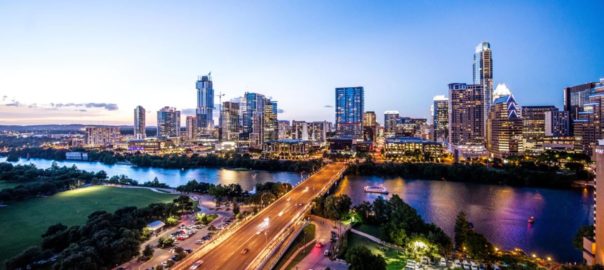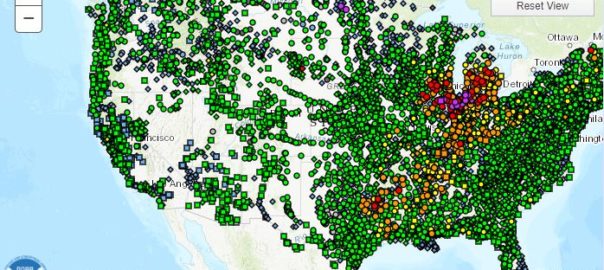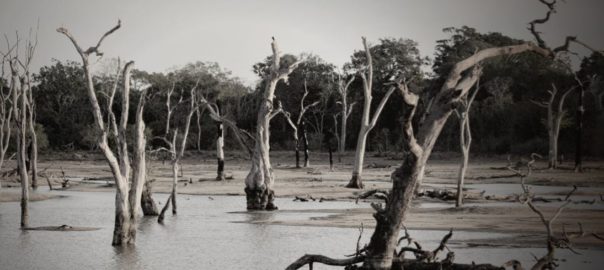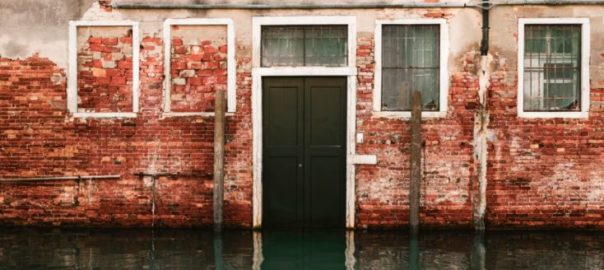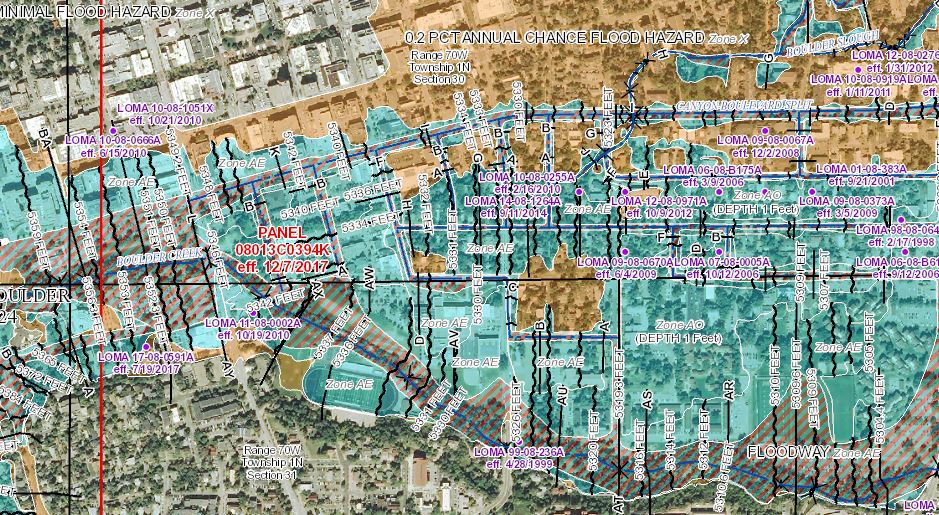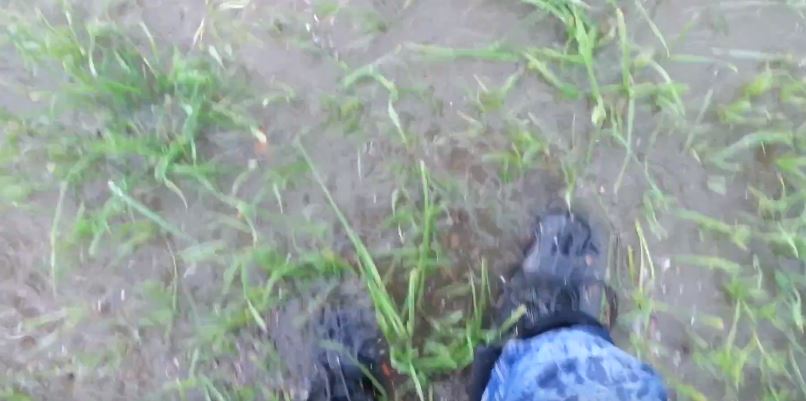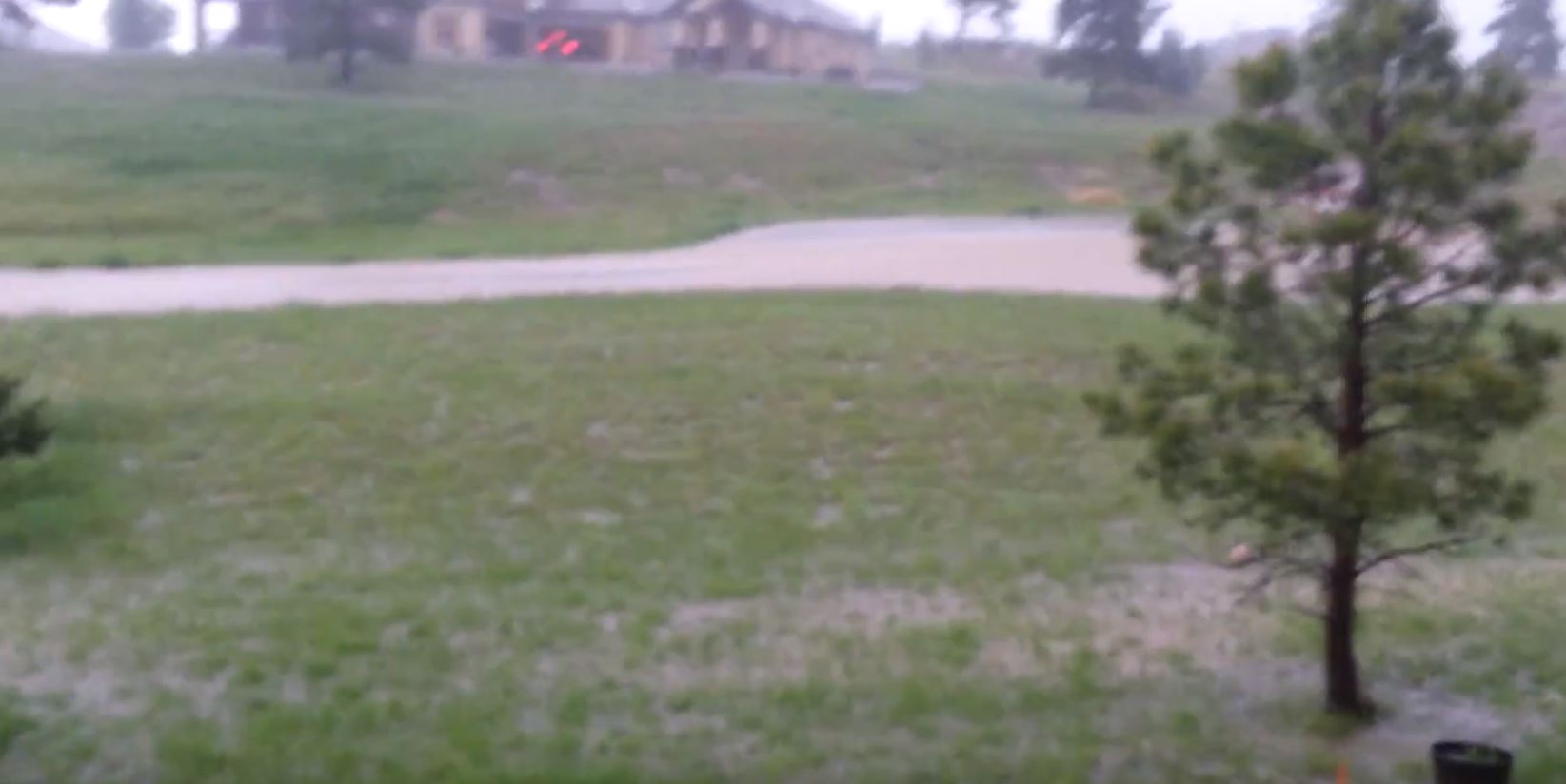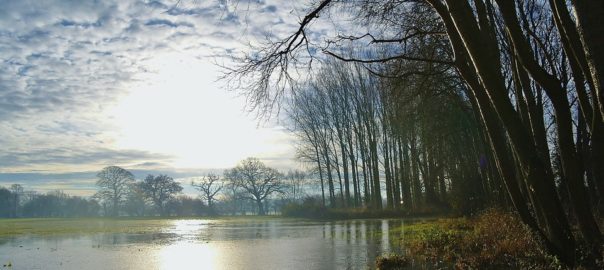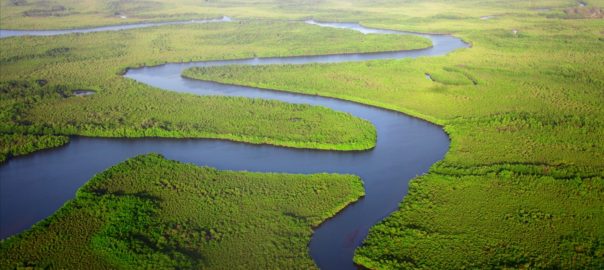How to Prepare your Home for Hurricane Damage
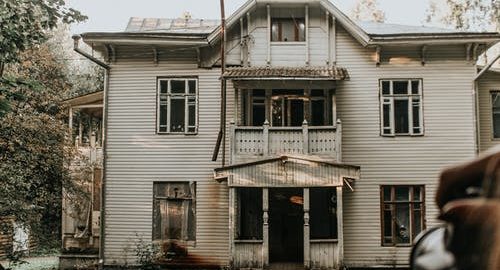
Hurricane season in the United States is a time that reminds many of us to be prepared for natural disasters. Hurricanes are not only dangerous because of their high winds and heavy rain, but they can also cause extensive and costly damage to homes. In fact, some of the most damaging hurricanes, like Hurricane Katrina, have caused billions of dollars of repairs. This article will give you 11 steps on how to prepare your home for hurricane damage.
#1 Know Your Risk Zone
A hurricane is a storm of extraordinary power that can cause great damage and loss of life. The most destructive hurricanes often form in the Atlantic Ocean, Caribbean Sea, Gulf of Mexico and Eastern Pacific Ocean from June to November. These storms usually develop from intense tropical waves near Africa or off the coast.
#2 Prepare your hurricane kit
Get a hurricane kit ready and be sure to have batteries, water, non-perishable food, first aid supplies, flashlights, and radios on hand in case there is an emergency. You will also want to make sure you are prepared with things like cash and important documents that you won’t want to replace after the storm. Ensure that items like social security cards, birth certificates, and insurance policies are stored in water-tight containers.
#3 Know what’s covered
Make sure you have the right insurance. You will need to make a note of what types of coverage your home and belongings currently have, as well as any other items that may not be covered like water damage. If you are renting or leasing your residence, contact your landlord about their policy and find out if they offer renters insurance. If you live in a hurricane-prone area, it’s likely your insurance won’t cover flood damage caused by storms. This will be a separate add-on you’ll need to include in your policy.
#4 Take care of outdoor items in your yard.
- Mulch the ground around trees and fruit plants, protecting them from gashes caused by wind or heavy rain that may occur during a storm.
- Stock up on sandbags to help prevent water damage in cases of flooding, as well as other emergency supplies.
- Store all items that are currently outside, like bikes, grills, and furniture. These items should be brought into the garage or basement to keep them safe from severe weather.
- Trim branches high up on trees so they don’t cause damage if heavy winds cause them to break and fall on your roof.
#5 Protect your windows and doors
Windows should also be covered with storm shutters if you have them. If you don’t have storm shutters, consider using plywood to nail onto your windows. Windows may shatter in high winds or debris flying into them. Not only will this be costly, it’s also dangerous. Cover vulnerable areas of the house such as air conditioning units, vents, pipes and chimneys by putting boards over them to keep rain out of them.
#6 Protect your roof
Make sure that your roof is protected from any flying debris that may cause your roof to be punctured or torn. If you have a garden in front of your house, make sure the plants are not blocking windows and doors. Plants can also act as an anchor for windblown objects such as heavy branches or trees. Remove them if they’re possible hazards before hurricane season.
#7 Inspect the exterior of your house
After storing items in your yard and protecting your roof, check for loose boards or bricks which may cause flooding or other damage to your home.
#8 Have an escape route in case of flooding
Make sure you have the appropriate supplies on hand just in case your house becomes flooded or unsafe during a hurricane. Put evacuation plans together with friends and family so everyone knows what to do if they need to evacuate their homes for any reason
#9 Take photos before the storm hits
Be sure to take photos of everything inside your home before the storm hits for insurance purposes. Many home insurance policies cover damage from winds. Remember, flooding insurance is an add-on to most policies.
#10 Put together an emergency evacuation kit
Put together an emergency kit of items your family may need in case they have to evacuate their home. This includes food, water, first-aid supplies and any medications you or anyone else in the household takes on a regular basis.
#11 Create an evacuation plan
Make sure your family has a plan for where to meet if you are evacuated from your home. Know multiple routes to reach your destination in case of flooding or debris blocking roads.
Preparing your home for hurricane damage can save you thousands of dollars in repairs
These tips will help you prepare your home for hurricane season and minimize damage. Remember, it’s critical to have a plan in place to protect your home, your family members, and yourself during hurricane season.

